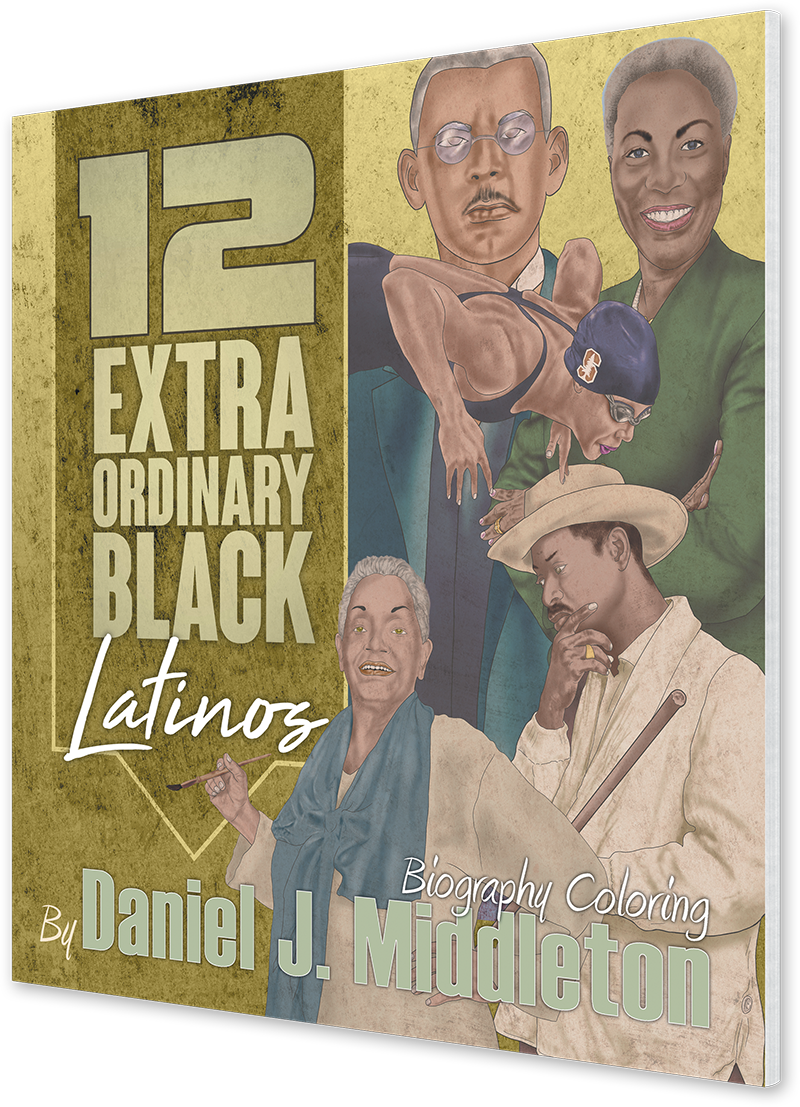Eva Ayllón
The Queen of Landó
Portrait of Eva Ayllón.
While her parents were not encouraging, believing that a music career would be her moral ruin, Eva Ayllón fell under the powerful influence of her grandmother, Eva. At a young age, Eva’s grandmother—whose name she adopted—steered her toward singing. Initially appearing in several Afro-Peruvian groups composed of children, Eva eventually joined a trio called Los Kipus. They recorded the single “Que Somos Amantes,” which became a hit. Eva went solo a few years after and debuted a new album, Esta Noche, in 1979. Since then, Eva has reigned as the Queen of Landó, referring to an Afro-Peruvian folk style of music that blends European, African, and Andean themes. While she stood as Peru’s leading singer since 1979, Eva’s music went mainstream and gained worldwide attention after a successful tour in the 1990s.
Eva was born María Angélica Ayllón Urbina in Lima, Peru, on February 7, 1956. The eldest of 14 children, Eva was raised in a working-class neighborhood called Lince. With so many siblings, Eva helped support the family by working at a young age. Her first musical break came when she was 13. She joined the Ebony Dolls, a dance group that performed on a Peruvian pop music television show. When producer Pedro Chispas heard Eva singing backstage between recordings, he made her a featured singer. But Eva was drawn to the Afro-Peruvian Creole music—introduced by her grandmother—that infused her childhood. Eva says it was her grandmother who told her:
“You need to be Peruvian, and you need to sing Peruvian music before you do anything else.”
Portrait of Eva Ayllón. Illustrated by Daniel J. Middleton.
That Peruvian sound had a rich history. When Spanish colonists controlled Peru in the 17th century, they brought enslaved blacks to the country and forced them to work in the sugar plantations and silver mines. As with enslaved blacks of other regions, music often accompanied the grueling labor. To that end, slaves created vocal styles and rhythms based on African tradition, and crates replaced the African drum. After several generations, those crates gave way to the widely used cajón, a box-shaped percussion instrument underlying Creole music.
At age 15, Eva started visiting local clubs called peñas, where people socialized as they listened to live folk music backed by the cajón. Eva began playing and learning various musical styles in the genre. To her repertoire, she added: landó—the sad-sounding African-based rhythm; the tondero, with its thumping horse hoof rhythms; and the festejo, which calls for festive dancing. The learning journey was the foundation for Eva’s success, and her music became ubiquitous in Peru before it spread throughout the world.
Eva Ayllón accepting a Latin Grammy award for Musical Excellence. Photo courtesy of Prom Peru.
She has since won several Prèmios—Peru’s version of the Grammy—and released more than a dozen albums that achieved gold or platinum status. Eva’s concerts are a grand affair, boasting up to 16 costumed dancers and 13 band members. Amid the colorful dancers who cut across the stage as the sounds of the band’s instruments reverberate throughout the hall is Eva. She stands front and center, her husky, forceful contralto rising above it all as she captivates audiences and occasionally brings them to tears. Among Peru’s many artists, Eva is in a class by herself, being able to perform at completely sold-old international venues.
You may also be interested in:

This article appears in 12 Extraordinary Black Latinos.
Available from Amazon.com, BN.com, and other retailers.





Musician Benny Moré transitioned from working in the cane fields of central Cuba to composing and performing some of the most beloved Afro-Cuban music of any artist.